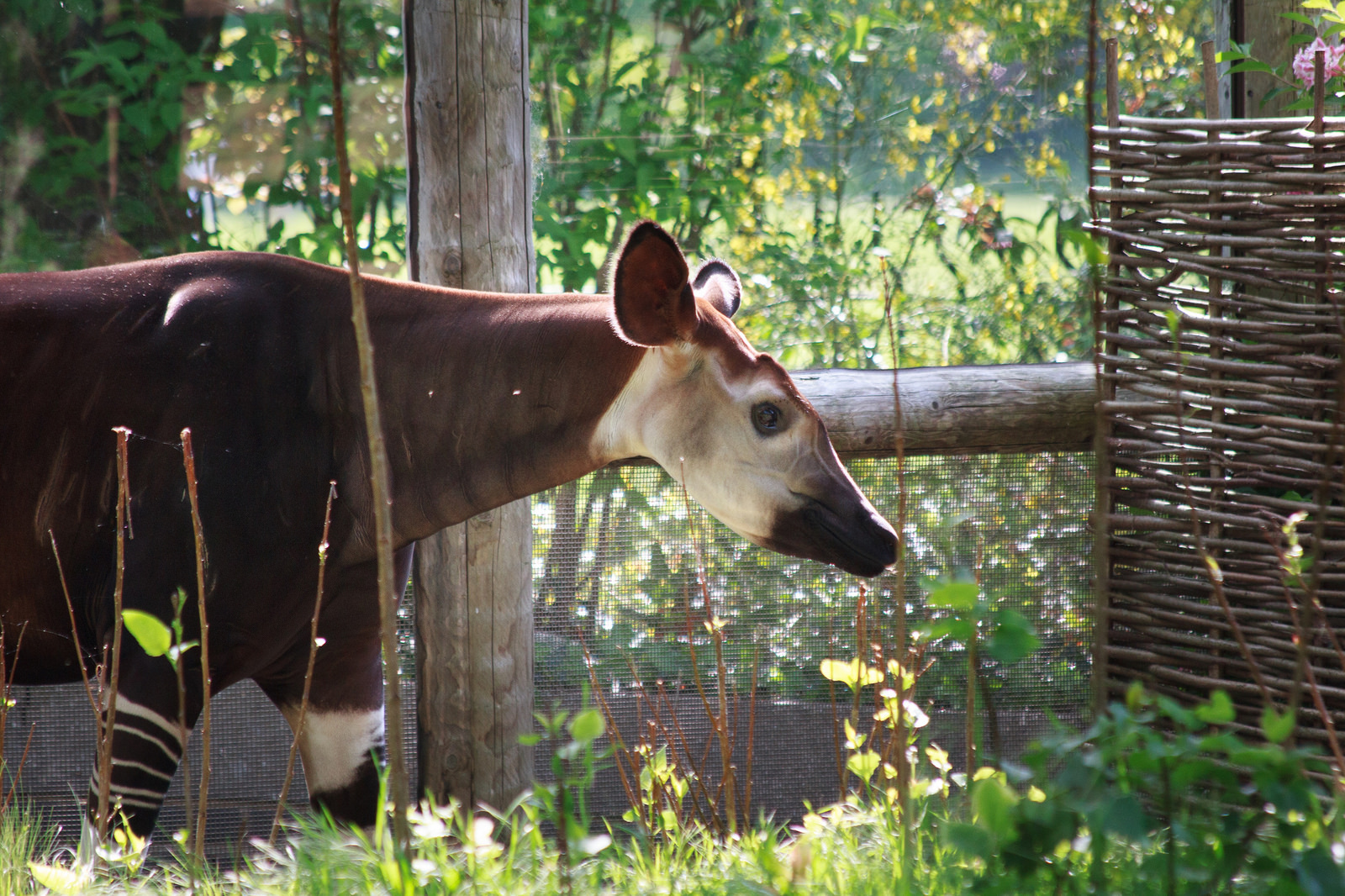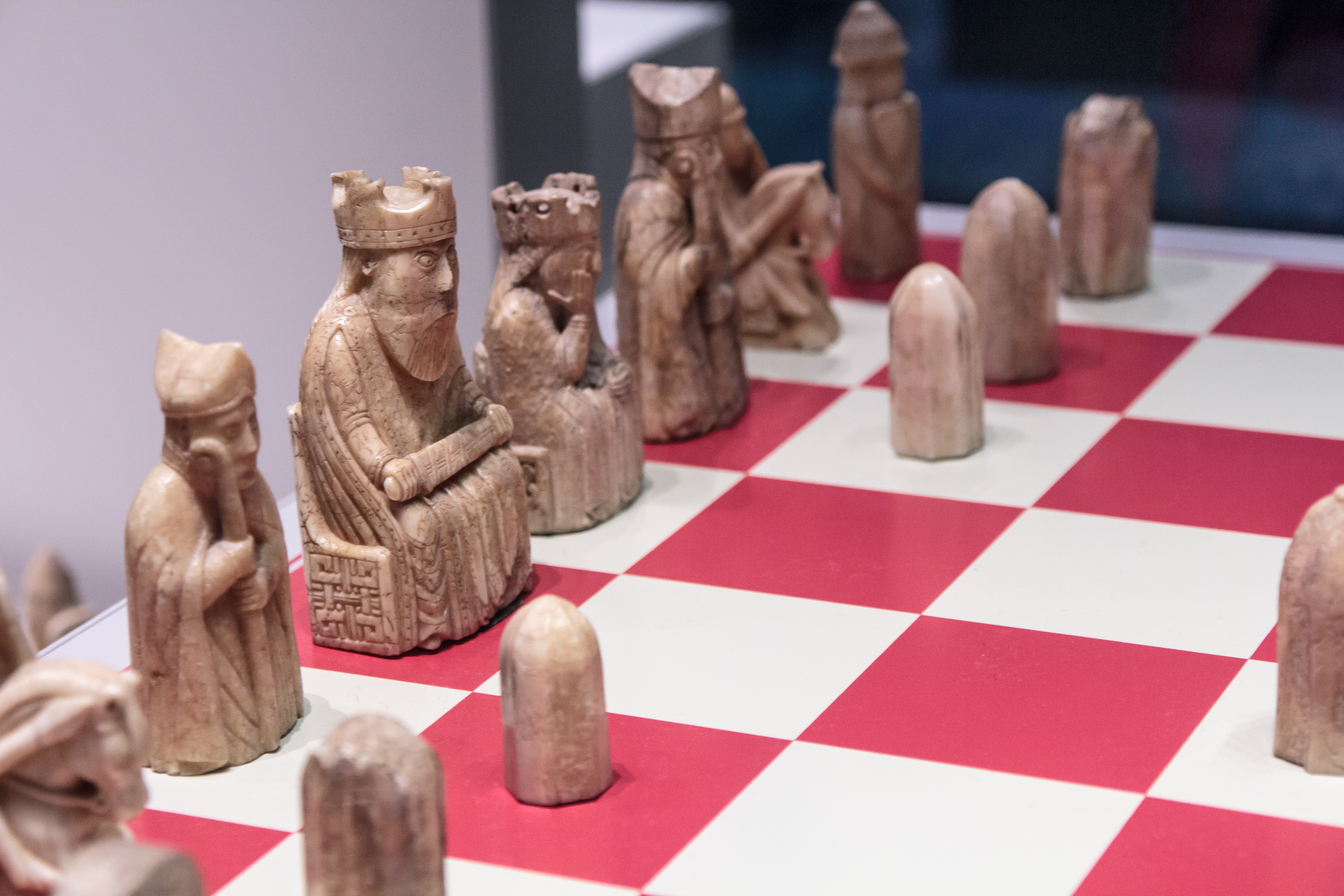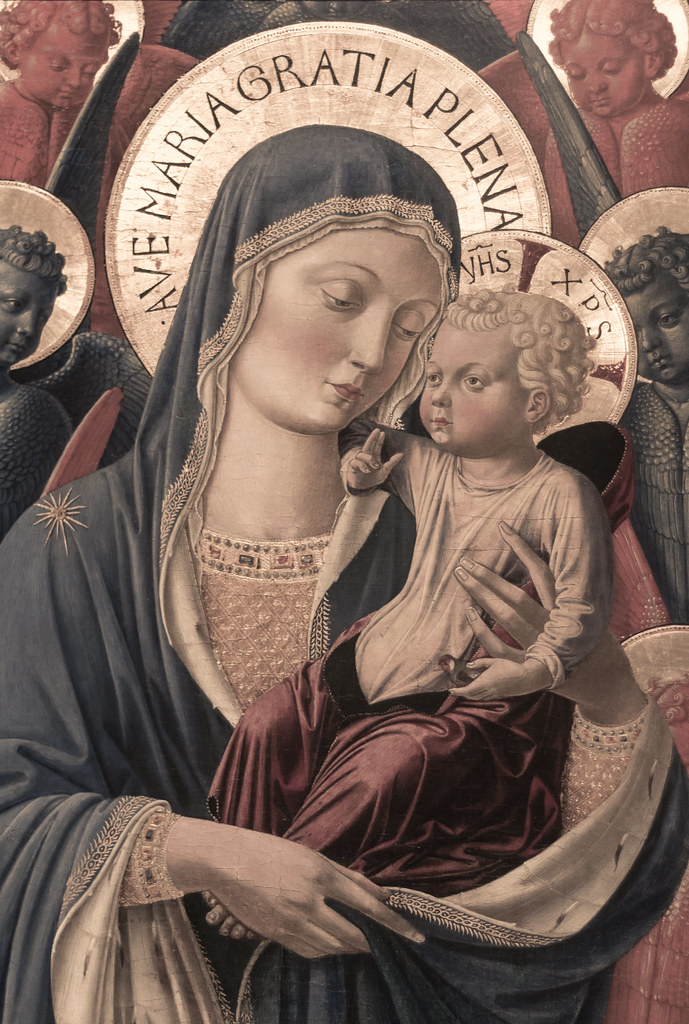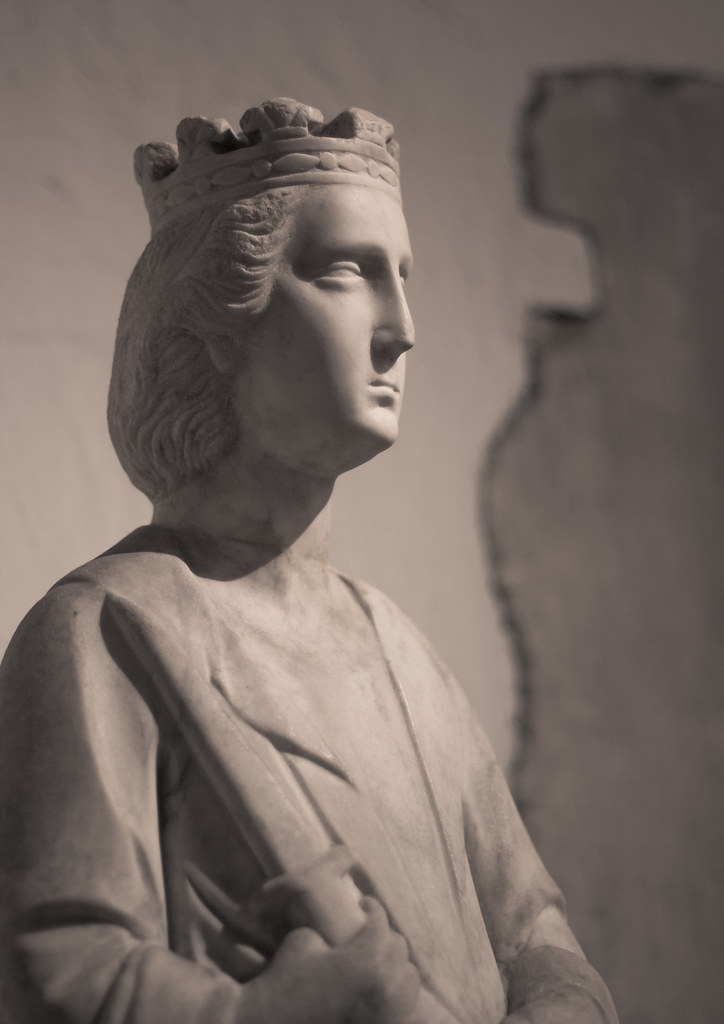
Following up on my post about the Royal Menagerie at the Tower of London, I wanted to write about its descendant, the Zoological Society of London (or Z-as-in-Zed-S-L) in Regent’s Park.
London Zoo is a bit out of the way by public transportation. The Underground skirts the edge of Regent’s Park, making a single stop at the southern gate before veering off north for Camden. From there you board a crawling bus headed up some charmless back street, or take a pleasant (but very long) walk to the northern edge of the park. Michelle and I did both one May afternoon and got to the zoo about an hour before closing time.
ZSL isn’t a big zoo, but it manages an impressive collection. The exhibits are all very modern and as natural as they can be given the limited space. We spoke to a few of the keepers and they seemed enthusiastic and knowledgeable.
As is often the case in London, ZSL has some unique history. It was the first zoo opened specifically for scientific research; for its first twenty years it wasn’t even open to the public. Charles Darwin became a fellow of the zoo in 1839 and one resident, an orangutan named Jenny, inspired him with her near-humanity.
With limited time to look around, there was one animal I knew I must see: the okapi. It’s not much to look at, but this awkward, donkey-like ungulate, native to the Ituri Rainforest of central Africa, is famous for managing to elude science until 1901.



